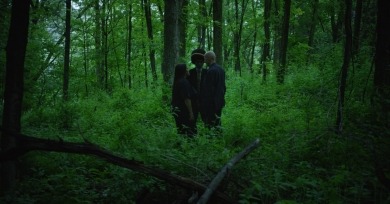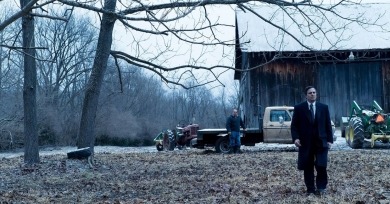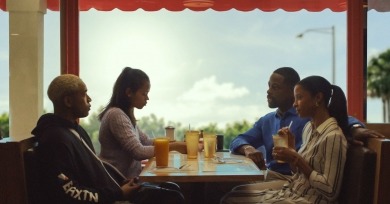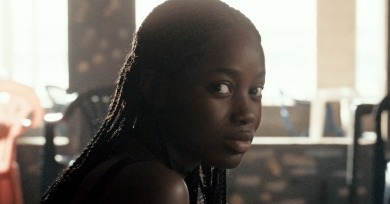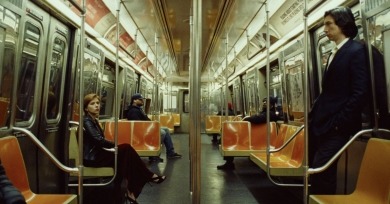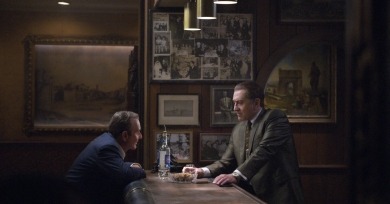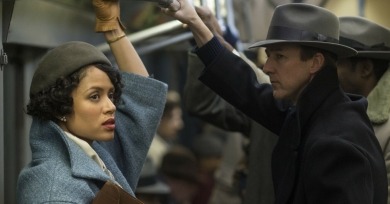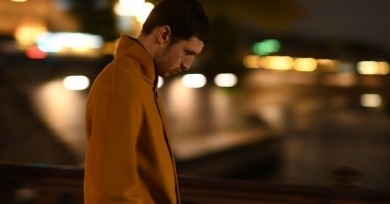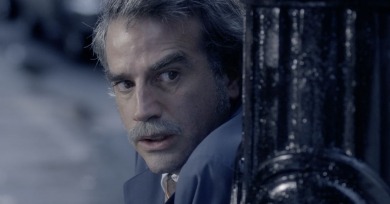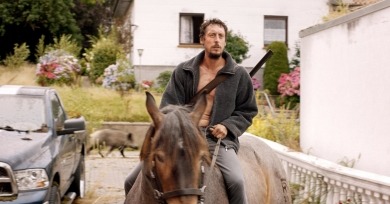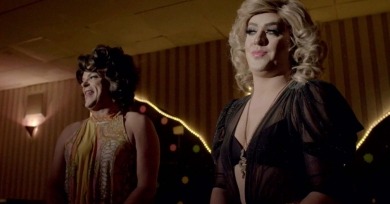Reviews
Shot over three years with a cast and crew of friends and peers, Empty Metal is clearly a film that evolved in the process of production rather than one that was conventionally conceived and executed.
Dark Waters is at once a legal thriller, an environmental disaster movie, and a dramatized historical document of a region, spanning decades, from the atomic age to present. On its face, such a project, set primarily in corporate offices, might seem an unlikely fit for Todd Haynes.
The goal doesn’t seem to be to sincerely interrogate the ways people move through the world following a devastating loss, let alone maintain baseline fidelity to the actual contours of human emotion, but rather to poke at an audience in just the right places so they can experience catharsis via fictional suffering.
Portrait does not feel burdened with historical detail or shackled to period fidelity; the film operates more like a luminous reimagining of what could have happened behind closed doors, when geographical loneliness lent the unexpected pleasure of freedom from automatic social patterning.
Throughout, in the manner of The Beaches of Agnès (2008), Varda looks back at her work, attempting to connect the dots both for herself, and for her audience. Knowing she can no longer be with us, the ever benevolent Varda has left us with the next best thing.
The haunting of Dakar in Atlantics extends beyond the film’s supernatural storyline, encompassing something more comprehensive and more unsettling in the strangeness of the 21st-century cityscape like that springing up in the suburbs, the tension between an imposed (and imposing) environment and human needs.
Marriage Story confronts the nature of divorce as a dehumanizing, lucrative institution: probing not just its emotional dynamics but also its social, structural, and economic ones.
Seeking historical and temporal specificity ultimately proves fruitless, and provocatively so: The Irishman is, after all, based on an account of a subjective reality, an exactingly detailed version of one man’s perception of history, and of himself.
In attempting to say something meaningful about race and politics in the city’s biggest borough, Norton has fallen into the same pattern as many real-life real-estate developers and city planners, getting rid of what made the source material so compelling in the first place, and adding his own personally convenient plotlines in the process.
Though an adroit orchestrator of discrete scenes, Lapid has thus far struggled to construct wholly satisfying narrative containers for them. So if Synonyms stands as his most accomplished work to date, that is because it commits fully to an elliptical, disjunctive method.
Bong makes it clear from the film’s opening minutes that this is a movie about class. But what that means—and how that plays out through the Kims’ efforts to achieve a higher station—is never settled, perhaps, until the last shot.
No heroic Siegfried figure, Humberto is a feckless opportunist. And so his voiceover, which persists throughout the runtime, inevitably recalls the mobsters of Martin Scorsese, whose The Wolf of Wall Street Veiroj has cited as a conscious model.
Dedicated as it is to meticulous and unhurried character study that eschews subjective or sentimental identification, In My Room checks off most of the descriptors usually applied to work produced by filmmakers attached to the Berlin School.
Trouble has emerged at a particularly critical point for Northern Ireland, where violent sectarian tensions have been reinvigorated with the uncertainty spawned by Brexit. What Garnett’s film contributes is an acceptance of profound complexity in the face of belligerent binaries.
